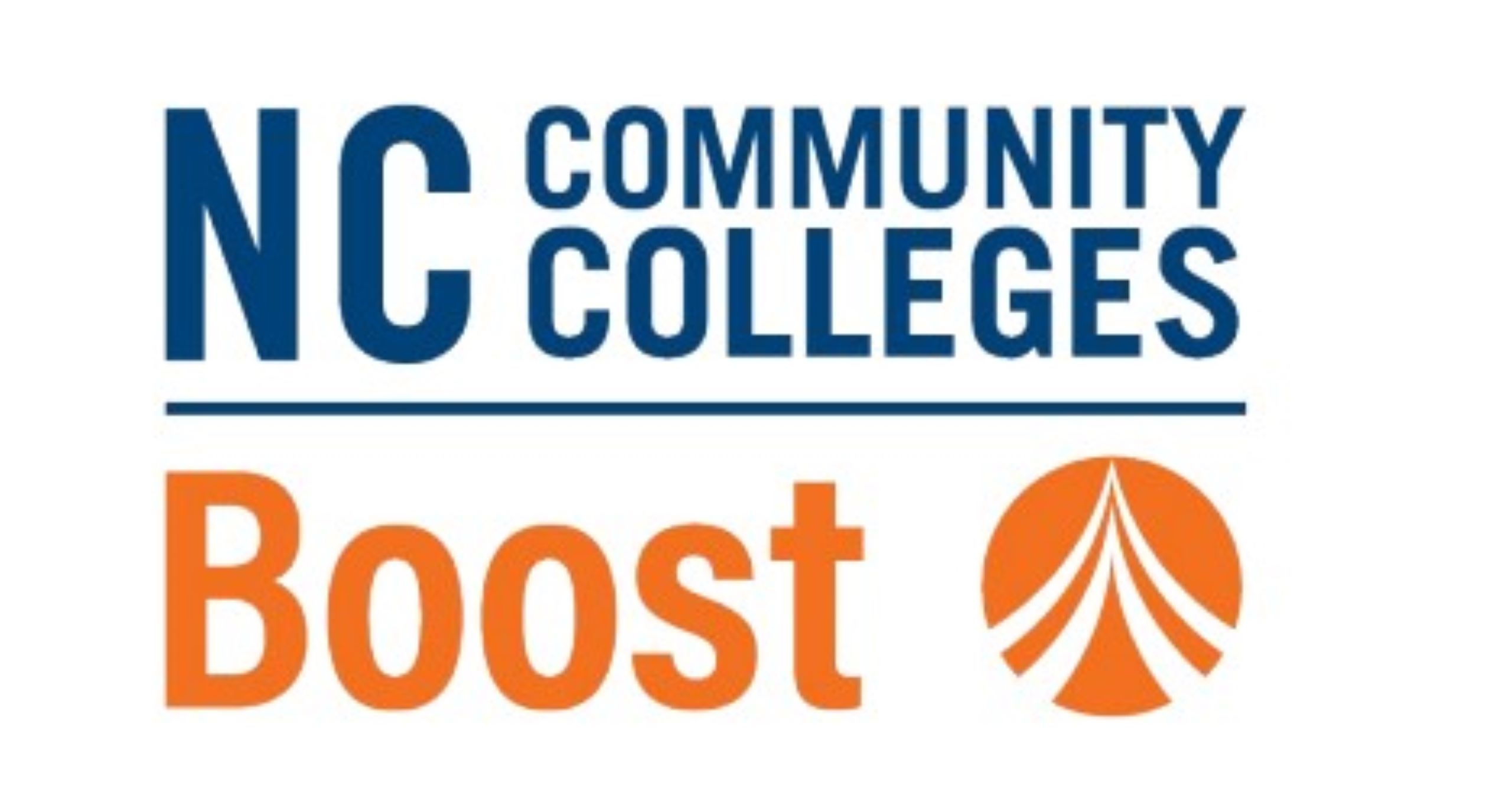Counselors and Educators Should Check-in With Students, Prioritize Mental Health and Well-being During Coronavirus (COVID-19) School Closures

Children of all ages may be feeling increased stress and isolation as they remain home during the ongoing coronavirus (COVID-19) outbreak, and it’s important for educators and school counselors to continue to check-in on students even though they can no longer meet face-to-face at school.
[spotlight-box label=”” img=”32755″ align=”right” heading=”Providing Support During COVID-19″ cta=”Visit the COVID-19 Tips and Resources Page” url=”https://ced.ncsu.edu/news-new/coronavirus-college-updates/resources-for-covid-19/“]The NC State College of Education is committed to supporting educators, students and parents as they teach and learn remotely during the coronavirus (COVID-19) pandemic. To help with this, we have created a page dedicated to providing tips and resources to ease the transition to at-home learning[/spotlight-box]
Adria Shipp Dunbar, Ph.D., assistant professor of counselor education at the NC State College of Education, says that school counselors often focus on students’ “ecological systems,” including their families, neighborhoods, schools and religious groups, as well as the ways those systems interact to contribute to children and adolescents’ development. With schools and other organizations temporarily closed, many of those systems have been temporarily lost.
On top of that loss of support, many families are now dealing with frustrations related to economic stability, job loss, health concerns and other stressors that could impact students directly and indirectly.
“School counselors and teachers are often concerned even over long weekends and long breaks about not having eyes on certain kids, but this is entirely different,” Dunbar said. “At this point, there are so many unknowns about employment and money that things can shift quickly, even for families who are very functional under the best of circumstances.”
Dunbar said that counselors and teachers are doing the right thing by finding time to check-in with all families, not just those who are considered high-risk, in an attempt to gauge how they are coping with the current situation. She hopes school systems recognize the value that counselors can add to help students and families continue to feel connected despite the physical distance. Below, she offers advice to help K-12 students feel supported at home.
Find time to call students and parents: Counselors and educators who interact with students face-to-face are usually able to pick up on nonverbal cues that indicate something is bothering a student, however that option goes away when interactions are moved online. Although many counselors are already juggling so many demands on their time, as well as potentially their own families, Dunbar recommends that counselors try to find time to call individual students and/or families to check on their well-being and offer support. Even five minutes could mean a lot to some families.
Use online tools to build a sense of student community: Tools like FlipGrid or Seesaw allow students to share photos and videos that classmates can watch and comment on in their own time. Counselors and educators can use these tools, as well as other online learning forums, to ask students to share their high and low points for the week or describe how they’re feeling each day using an emoji, a GIF or a song. Answers to these questions can help counselors determine which students might be in urgent need of support. A simple Google form also works well, even if sent to a handful of students per week to avoid becoming overwhelmed by responses.
Use telehealth resources to keep up with students in need: Although public health guidelines for social distancing suggest counselors should avoid meeting with clients face-to-face, if possible many counselors are able to conduct sessions via secure telehealth applications. Dunbar recommends that school counselors share a list of clinical mental health counselors that families can reach out to for services if necessary.
Maintain the cohesion of a therapy group through online tools: Free applications like Basecamp — a project management resource focused on collaboration — could help provide a continued sense of community and support for students who had been meeting in group sessions. For example, a counselor who had been hosting a regular session for students whose family members struggle with substance abuse could create a specific group for those students on Basecamp. This would allow them to carry forward the cohesion and rapport of the group sessions in a private setting while still adhering to social distancing guidelines. It is important to update consent forms to reflect a change of group format.
“Connection and community are what people really need now more than ever before. People need a sense of community so they feel supported and encouraged and, with so many unknowns now, these connections are so important,” Dunbar said.
Recognize populations who may need the most support: Dunbar noted that the age group of students who will likely be most negatively impacted by the rapid changes brought on by the coronavirus pandemic will be teenagers, who value their budding independence and peer relationships, both of which have now been stifled. In addition, many teenagers are missing out on traditional milestones like getting a driver’s license and attending prom and graduation while also coping with the uncertainty of what their postsecondary education will look like in the fall.
Additionally, historically vulnerable populations are likely to become even more vulnerable during a time of crisis. Students who receive extra support or services at school will no longer have those available. It is important to keep in mind the potential impacts of these disruptions or interruptions.
Prioritize mental health as learning moves online: Parents of young students may worry that children will lose progress they have made in subjects like math and literacy while schools are closed. Dunbar noted that, even with educational concerns, making sure that children are able to find stability and feel as though things will be OK should be a top priority.
“If kids can be happy, they are going to be learning, even if we’re only covering a little bit of new content at a time. If we’re prioritizing their mental health and well-being, I think we’ll be better off when we look back at this,” she said.
- Categories:


